Course Description
Course Overview
This full-immersion hands-on module explores the principles, technologies and different strategies for achievement of aesthetically beautiful and harmonious lighting experiences in various 3 dimensional spaces and settings: both interior and exterior spaces.
Who is this course for?
This course is designed for both complete beginner students as well as industry professionals seeking to enhance their knowledge and skills in professional lighting design.
This course is highly-recommended for:
- Aspiring lighting designers, sales consultants seeking to gain foundational knowledge and skills in best lighting strategies and technologies
- Interior designers looking to specialize in lighting for residential, commercial, and public spaces.
- Professionals in architecture and design wanting to expand their expertise.
- Individuals and anyone working in real estate, construction, or project management who is interested in sustainable and innovative lighting solutions.
No prior experience is required.
Qualification: AWARD EQF/MQF LEVEL 5
Study mode: Project-based (exam free) | Duration: circa 30 hours (Lectures) | 6 ECTS
Total hours of Learning: 150 – incl. Lectures (30); Placement/Practice (20); Assessment/Project work (30); Self study (70)
Entry level: Beginner friendly. No prior experience or knowledge required
What will you Learn after this course?
By the end of this course the learner will have acquired the following skills:
● Demonstrate proficiency in designing and implementing lighting solutions.
● Apply principles of lighting design to create balanced, visually appealing environments.
● Use advanced lighting technologies and control systems effectively.
● Become familiar with conditions of sites where light installation may occur, with awareness of risks, PPE used, precautions and risk assessment strategies.
● Present design proposals to potential clients and stakeholders.
● Understand principles of lighting design and electrical H&S in various contexts.
● Identify and analyse different lighting techniques across environments.
● Develop comprehensive lighting plans for diverse settings.
● Implement sustainable lighting solutions in projects.
● Integrate lighting with broader interior design concepts effectively.
● In the case of skilled professionals, widen skills to be aware of light design requirements from designers and architects.
Project-work
This course follows a 100% project-based approach emphasizing hands-on learning and practical application of knowledge and skills acquired. Throughout this course you will be challenged across different levels, technical and creative aspects. Methods include any mix of:
✅ Expert-led lectures and demonstrations.
✅ Design-make workshops.
✅ On-site visits and fieldwork.
✅ Creative tasks and further reading/research resources.
Assignments (Group or individual).
- Creating domestic type lighting design for Voluntary NGO (community project 1)
- Creating a lighting installation (Artistic project)
- Creating interior or exterior lighting design for Social housing or related NGO (community project 2)
Final Project.
For their individual final project Students will be tasked with developing a Strategic and creative lighting design proposal and present to an option of different clients/stakeholders.
Final project will include:
- A) Background/scenario; B) Project objectives and criteria for: B.1 Research and analysis; B.2 Design Process and B.3 Presentation requirements will be discussed and shared by the tutor.
Assignments and Projects will be evaluated based on creativity, innovation, feasibility, and adherence to design principles, efficient technologies and project criteria.
Note: Project details and criteria are subject to change. Details will be discussed by the tutor during the course of the program.
Recognition and Certification
A certificate is presented to students who successfully complete the course. The criteria for a successful completion is based on
i. An active participation and attendance of not less than 70% of a course.
ii. High quality work and performance are reflected throughout the culmination of projects and creative tasks assigned throughout the course.
Further note: In adherence to our Recognition and Certification policy and upon feedback, students failing to meet the course completion criteria on their first attempt will be granted two re-submission opportunities. If criteria are not met after the second attempt, it will result in a failed status, necessitating a retake of the course.
Language(s) of instruction: English (primary) and Maltese
Target audience: 16+
Mode of delivery: Hybrid / Online / Face-to-face
Entry Requirements:
- Intermediate knowledge of English language
- Basic knowledge of drawing will be an asset
- Basic computer competence; such as internet browsing, Office and Powerpoint
- Motivated students with a willingness to learn new creative skill sets
IMPORTANT: Workstation/ laptop that can handle graphic software such as Sketch Up
3rd Country nationals VISA eligibility: If you are a 3rd Country national and interested in this course you may check the VISA requirements and eligibility here
Upcoming commencement Dates*: February, July 2026
Day & Time: Thur or Friday 6-8PM
Mode of Study: PARTTIME
Duration: <1 year
Christmas Break: Dec 24th 2023- Jan 6th 2024
Easter Break: 9th- 22nd April 2024
*Dates are tentative as class schedules are subject to change. No sessions are held during public holidays.*
Can’t commit now? Register to Stay tuned about upcoming classes!
And benefit from periodic enrolment discounts!
Kindly only register if you are interested in undertaking this class and wish to receive early upcoming course announcements.
Note: This is a simplified overview; the full accredited syllabus will be shared with enrolled students. For further details contact us.
Program outline
Key topics
Key Topics taught during this course:
See also Activities underlined
Introduction to Lighting Design
- Introduction to lighting design: history, importance, and applications.
- Basic lighting terminologies and concepts (e.g., lumens, colour temperature, CRI).
- Overview of different types of lighting fixtures (e.g., incandescent, fluorescent,
LED).
- Discussion on the psychological and emotional effects of lighting.
Mini task on light projection, refraction and diffusion
Health and Safety for Light Designers
- Considering electrical H&S risk assessment, precautions and site work.
- Good practices in light design H&S test and discussion
- Fire safety when designing light systems, code and regulations
- On site PPE, risk mitigation and hand over.
Light and Colour Theory
- Introduction to light and colour theory.
- Colour temperature and its impact on mood and perception.
- Colour rendering index (CRI) and its importance in lighting design.
- Tasks experimenting on simulator, natural lights and projectors
- Discussion on the use of colour in lighting design.
Lighting Design Principles
- Principles of lighting design composition: balance, contrast, emphasis, and rhythm.
- Introduction to lighting layers: ambient, task, and accent lighting.
- Overview of lighting control systems: dimmers, sensors, and timers.
Lighting Design for Interior spaces
- Importance of lighting in interior design: aesthetics and functionality.
- Forms in gypsum, managing ceilings, partitions and light features.
- 3D modelling task with simulating digitally or physically forms and light.
- Lighting techniques for residential, commercial, and public spaces.
- Energy-efficient lighting solutions: LED technology, daylight harvesting, and lighting controls.
- Sustainability and energy efficiency in light design for interiors, maximising use of Alternative sources and natural light. Task for Sustainability index and exploring the local metrics for EPC certification.
Exterior Lighting Design:
- Principles of exterior lighting design: visibility, safety, and aesthetics.
- Safety and security considerations in outdoor lighting.
- Lighting techniques for outdoor spaces: façade lighting, landscape lighting, and pathway lighting.
- Sustainability and light pollution considerations.
Specialty Lighting:
- Specialty lighting applications: retail, hospitality, entertainment, and healthcare.
- Importance of lighting in enhancing customer experience and brand identity.
- Lighting for art and architectural features: museum lighting, gallery lighting, and façade illumination.
- Speciality light, integrating the bespoke, the freestanding and the modular light systems.
Advanced Lighting Technologies
- Overview of advanced lighting technologies: OLED, laser, and smart lighting.
- Emerging trends in lighting design: human-centric lighting, circadian lighting, and interactive lighting.
- Sustainable lighting practices: lifecycle analysis, energy efficiency, and renewable energy sources.
Communication & Drawing Electrical Plans
- Graphic representation of light design ideas
- Rendering light strategies
- Natural light maximisation and how this is illustrated, communicated and implemented
- Technical drawings for light systems,
- Introduction to electrical plans: symbols and conventions.
- Symbolisation of light fittings, switches, and low voltage systems.
- Hands-on practice: drawing electrical plans manually.
Final Interior Lighting Project Presentation
- Review of course material and key concepts.
- Introduction to final project options and provided briefs/furniture plans.
- Final project presentations by students.
- Peer feedback and evaluation.
Qualification
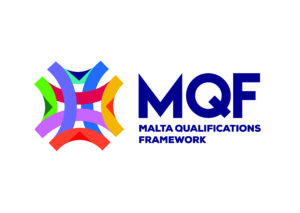
This IndustrySkills program is an EQF/MQF Level 5 Award (6 ECTS) titled ‘Award in Interior and Exterior Lighting Design for Architecture’ officially accredited by the Malta Further & Higher Education Authority (MFHEA) and formally recognized under Further Education. The Award certificate will be presented to delegates upon successful attendance of all modules and completion of relative assessment (Project). — This continues to confirm the industry relevance of our programs.
Program funding options

GET QUALIFIED SCHEME
This course is eligible for the Get Qualified Scheme – Students following this course benefit from a 70% tax credit on course fees.
Frequently asked questions
Is financial aid available?
Yes. In select learning programs, you can apply for financial aid under the Get Qualified scheme. Students who attend any of the eligible study programmes can apply for the Get Qualified Scheme upon successful completion which will enable them to benefit from a tax credit of 70% of the costs incurred.
The Get Qualified scheme is only eligible for Accreditation courses. Certificate level courses are ineligible for funding.
I'd love to enrol but my budget is limited. How can I go about this?
ACM offers students the chance to schedule 3 interest-free payments which gives them the freedom and flexibility to invest in their studies and still do the things they love.
EasyPay Scheme – Students may also opt for the EasyPay plan for longer instalment payments. For more info visit here
Funding – Students also have the chance to get 70% of their course fees back thanks to the Get Qualified Scheme.
In which countries will my certification be recognised?
What our students are saying
Other recommended courses
-
2D CAD for Interior Design
Take this course This product has multiple variants. The options may be chosen on the product page Sold By MAD Institute Malta -
Award MQF level 5 in Landscaping Design
Take this course This product has multiple variants. The options may be chosen on the product page Sold By MAD Institute Malta -
Award MQF level 5 in Lighting Design for Architecture
Take this course This product has multiple variants. The options may be chosen on the product page Sold By MAD Institute Malta -
Game Design and Development
Take this course This product has multiple variants. The options may be chosen on the product page Sold By MAD Institute Malta -
Sale!
Interior Design + Architecture: Starter AwardsBundle (MQFs 5)
Select options -
Interior Design and Architecture
Take this course This product has multiple variants. The options may be chosen on the product page Sold By MAD Institute Malta

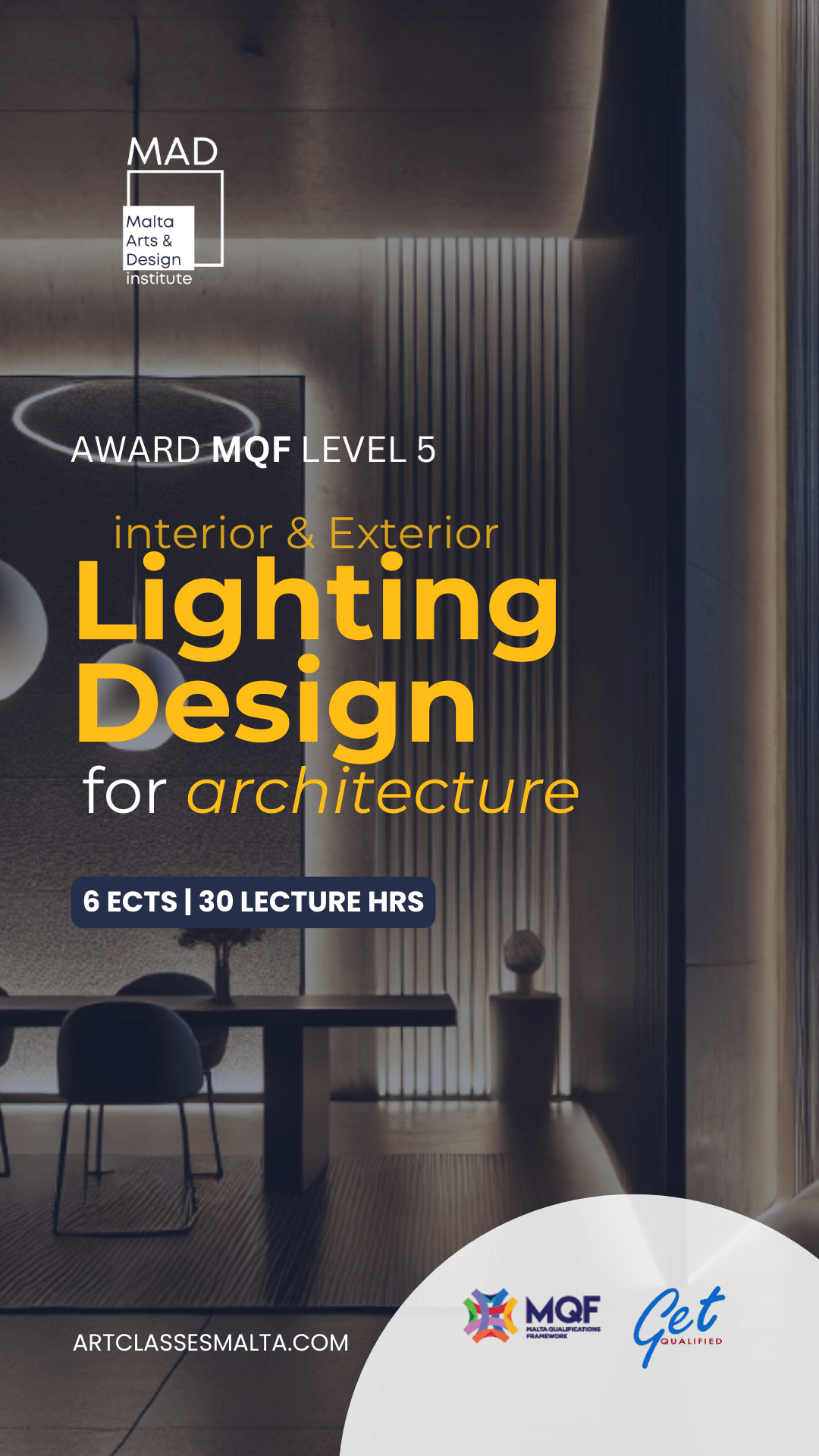
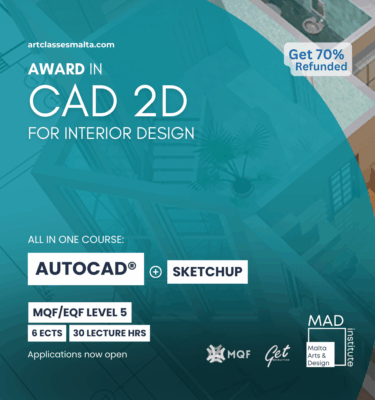
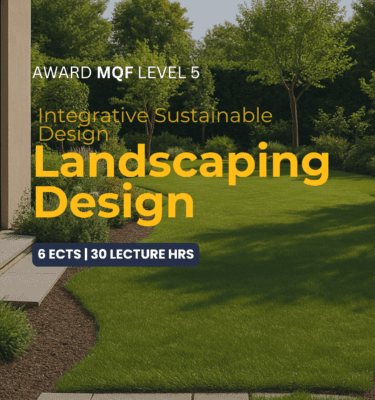
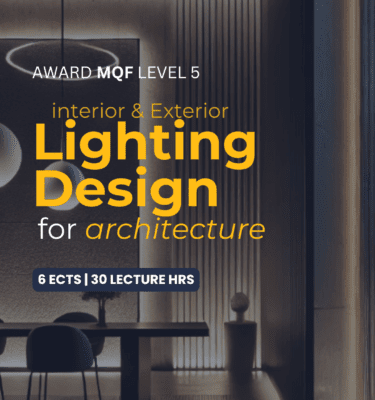
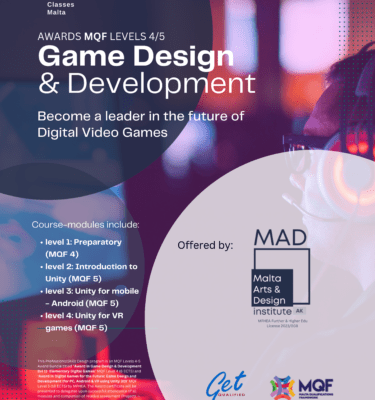
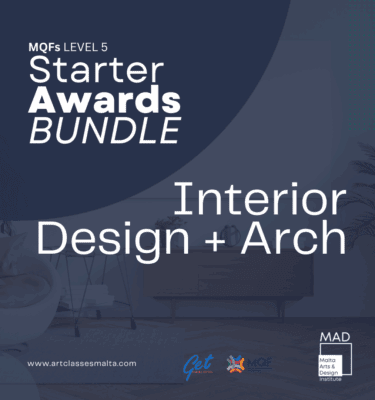
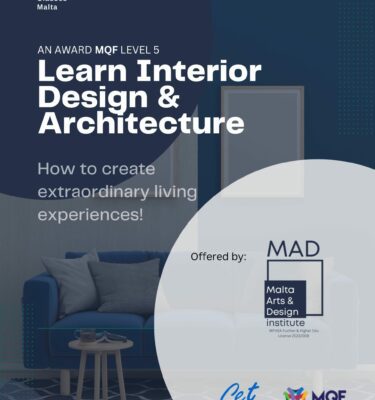

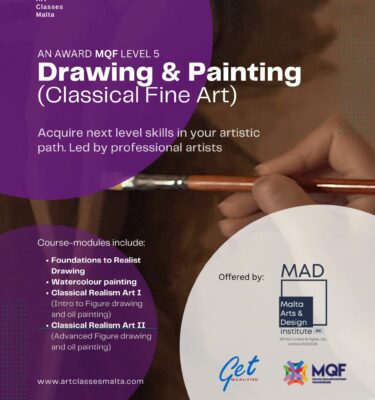
There are no reviews yet.